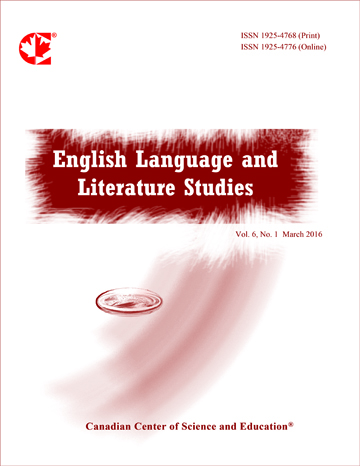The Translatability of Metaphor in Eliot’s The Waste Land: A Comparative Approach
- Mohamed Ayed Ibrahim Ayassrah
- Mohd Nazri Latiff Azmi
Abstract
There is an obvious gap in studying the translatability of metaphor in modern English poetry, particularly in Eliot’s The Waste Land. Furthermore, it is observed that most previous studies about metaphor are in and for English, and only few ones have tackled the translatability of metaphor into another language. However, the current study aims to explore this phenomenon in Eliot’s The Waste Land and three of its Arabic translations. All metaphors of The Waste Land and its three translations are identified, studied and classified into juxtaposed tables to facilitate the comparative process. Then, an assessment of each translation is made to be compared to the original text and the other translations. This comparison aims at identifying the translatability of metaphor in The Waste Land, the most and least used strategy and how the three translators have dealt with the original text. The study also shows that the three translators could translate most of Eliot’s metaphors into Arabic analogous metaphors; Lu’lu’ah uses this strategy the most and Raghib the least. Furthermore, the strategy of paraphrasing the metaphor is used more than the second one (11 cases). Finally, this study suggests three recommendations for further upcoming studies. The first one is: Conducting a comparative study on using metaphor in the spoken languages or dialects of two different societies (the Jordanian and British, for instance). The second is: Exploring this phenomenon in students’ everyday language; and the third is: Investigating the ability of English language students in rendering metaphor from English into Arabic.
- Full Text:
 PDF
PDF
- DOI:10.5539/ells.v9n4p53
